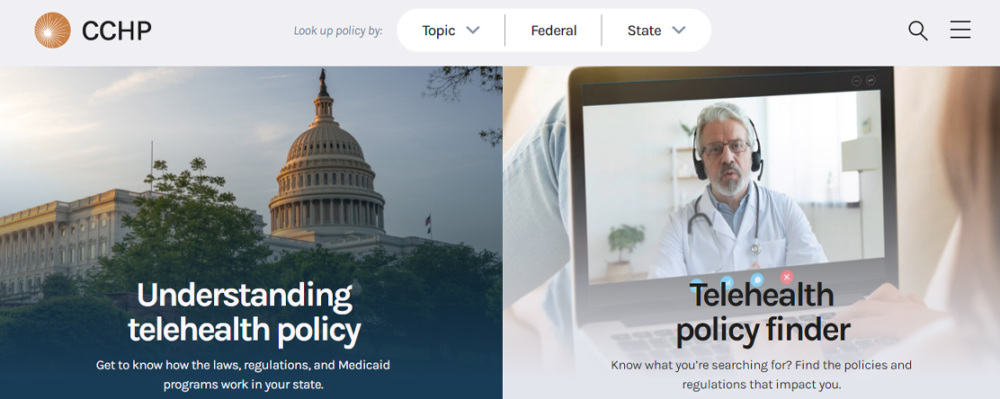
Telehealth Private Payer Laws: Impact and Issues
-
Focus Areas
Data, Technology & Innovation, Health Care & Population Health -
Issues
Technology & Telehealth -
Programs
Center for Connected Health Policy

Funded by the Milbank Memorial Fund (Milbank), and authored by PHI’s Center for Connected Health Policy (CCHP), a new report examines and assesses the impact of telehealth private payer laws on utilization and commercial payers in states with such statutes in place as of September 2016.
While the federal government has been slow to expand Medicare coverage for telehealth beyond their strictly limited requirements, there has been a flurry of activities among states to address policy challenges to telehealth. One of the most common forms of telehealth-related state legislation has been “private payer parity” laws. Since 2013, states with private payer laws have doubled, with new legislation being introduced each session in multiple states. These laws range in scope and features, adding complexity to a state telehealth policy environment where no two states are alike. Many contain limiting factors within the language such as the type of telehealth modality used; location of service; and type of provider who can offer the service. Additionally, most laws only provide for parity of services between telehealth-delivered and in-person services, while few require payment parity.
Download the report and executive summary.
While such legislation has gained momentum and popularity, there has not been any comprehensive analysis of the impact of these laws related to the expanded use and payment for telehealth services. To this end, Milbank’s Reforming States Group asked CCHP to write a report examining the response of selected payers to telehealth private payer laws, with the intent of helping leaders and decision makers develop policies that promote the appropriate utilization of telehealth modalities and expand access to care for the population they serve.
Through analyzing existing telehealth private payer laws and interviews with a sampling of commercial payers, key findings of the report include that despite the passage of many private payer laws, the expansion of telehealth to deliver services has not moved as rapidly. The report notes that this could be due to vague statutory language that creates ambiguity and gives private payers discretion to create their own, potentially restrictive telehealth reimbursement policies. Another major barrier is a lack of consumer education and awareness that telehealth is an option to receive services under their insurance plan.
Work With Us
You change the world. We do the rest. Explore fiscal sponsorship at PHI.
Support Us
Together, we can accelerate our response to public health’s most critical issues.
Find Employment
Begin your career at the Public Health Institute.


